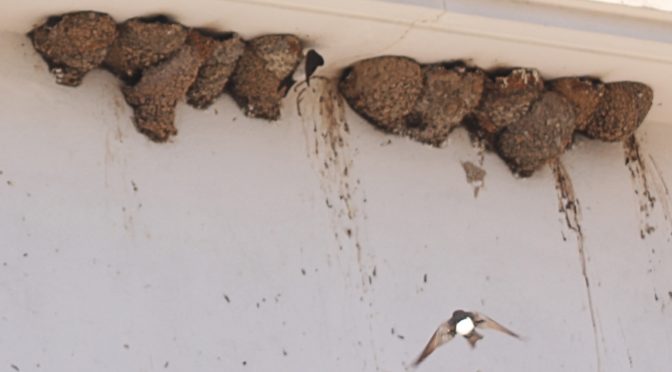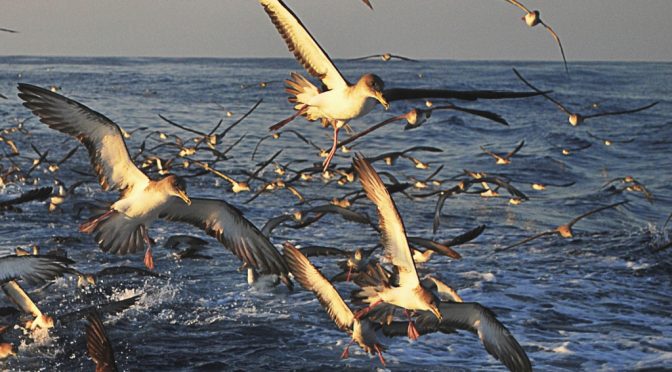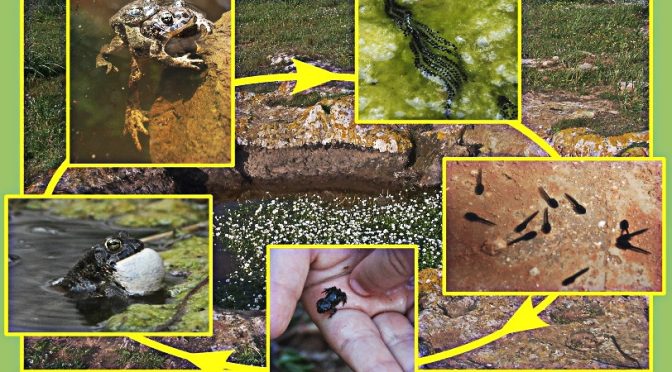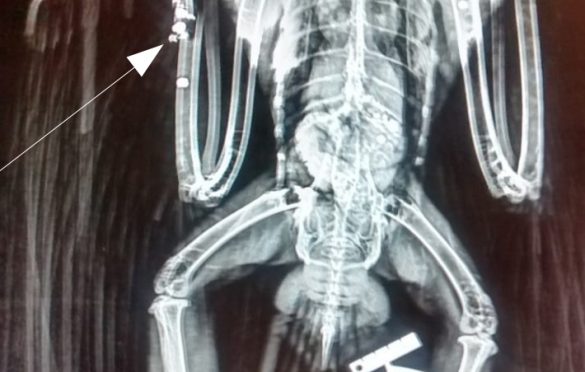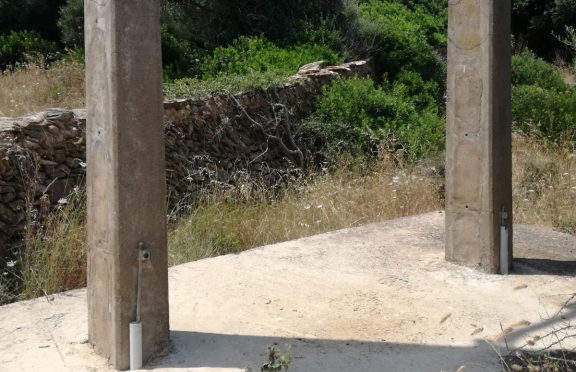Visits: 576
The house martin or town swallow (Delichon urbicum) was frequently a neighbour in our towns. Their nests of clay clinging to roofs in the eaves formed part of the urban landscape. These days, as has been found from the numbers collected each year by SOM (the Ornitholigcal Society of Menorca), we are getting rid of these house martins from built up areas obliging them to build their nests in industrial estates or in urbanizations. Only Ferreries keeps a significant number of nests, though there is a tendency towards reducing the quota. Continue reading Fauna from Menorca: the house martin

